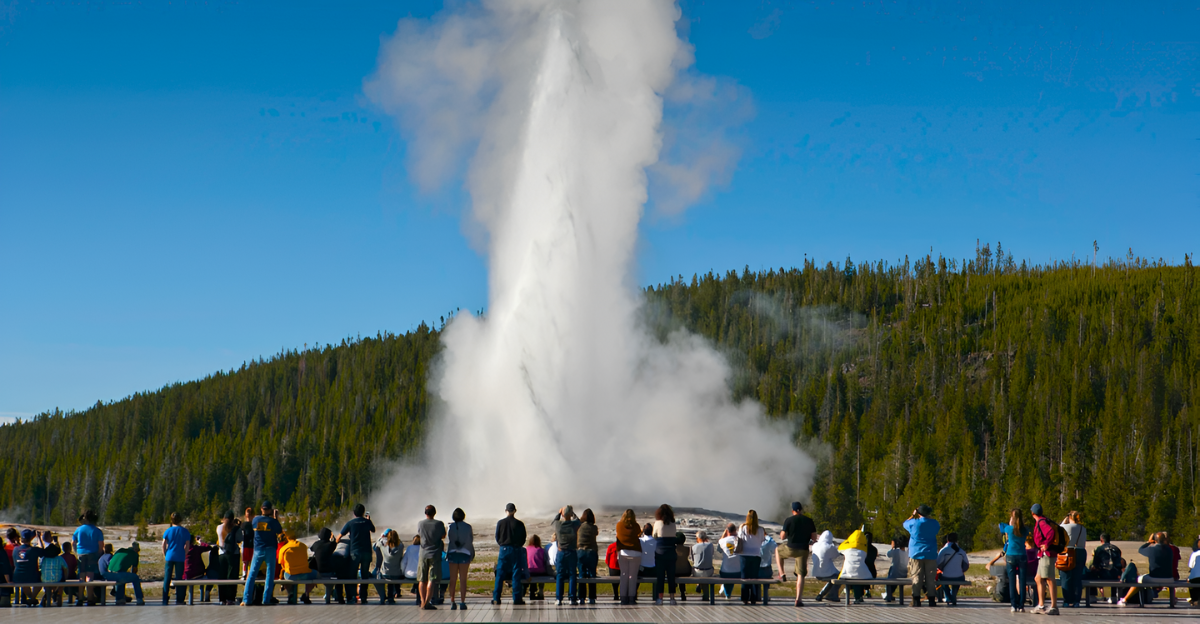
Yellowstone National Park sits atop one of Earth’s most closely watched volcanic systems. The U.S. Geological Survey documented 52 earthquakes in July 2025 alone. All tremors remain classified as normal background activity, reports the USGS Volcano Observatory. The supervolcano maintains its “Normal” alert level throughout 2025, yet scientists continue their vigilant 24-hour surveillance of a system that last unleashed catastrophic destruction 640,000 years ago.
The Sleeping Giant’s Violent Past
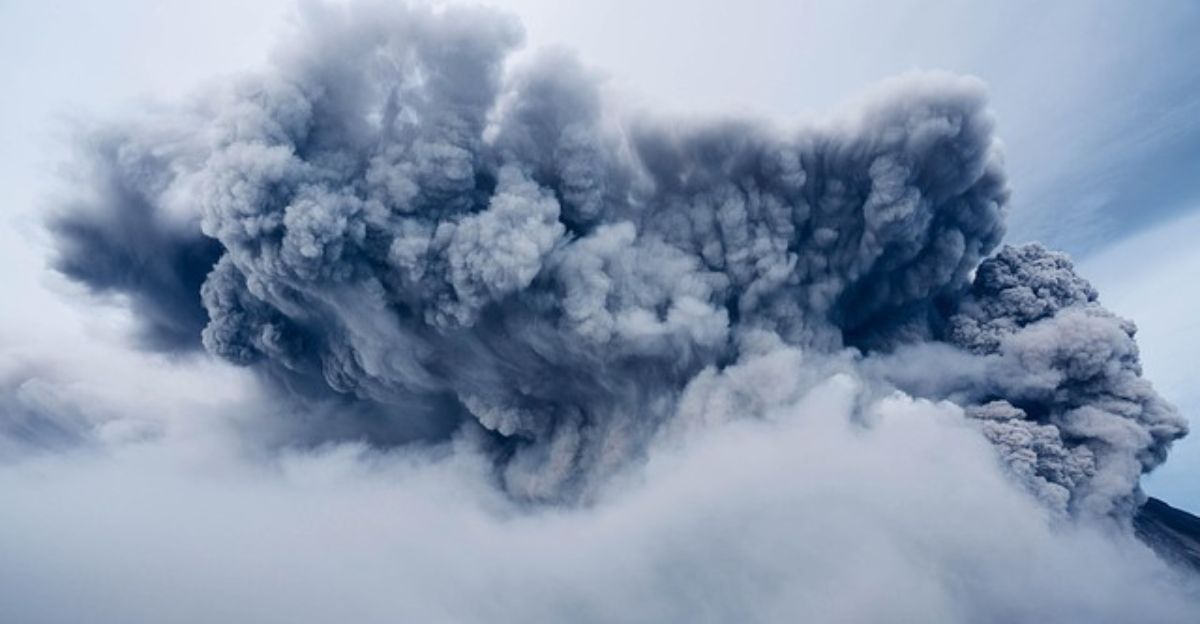
The Yellowstone volcanic system has triggered three massive eruptions spanning 2.1 million years, with each blast creating enormous calderas through explosions that dwarf any modern volcano. According to USGS research, the first Huckleberry Ridge eruption expelled 2,450 cubic kilometers of material. That volume could bury Greater London under 210 meters of volcanic debris, with ash fallout reaching as far as the Pacific Ocean.
Hidden Mysteries Deep Underground
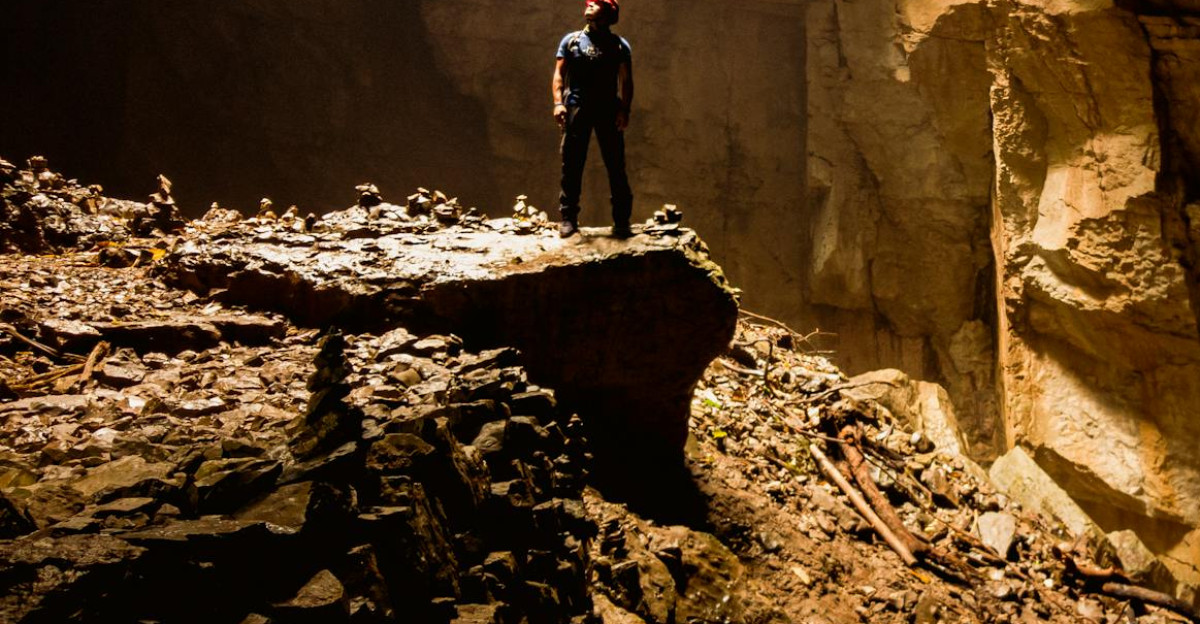
A massive magma reservoir lies beneath Yellowstone’s famous geysers and hot springs, puzzling scientists for decades. Previous research placed the top of this molten rock chamber anywhere from 3 to 8 kilometers beneath the surface, Discover Magazine reports. This vast uncertainty left geologists debating the volcanic system’s current state and whether it might be building toward another eruption.
Watching Every Tremor and Gas Bubble

Scientists deploy sophisticated equipment across Yellowstone to monitor the supervolcano’s vital signs, including 650 seismometers and GPS stations measuring ground movement. The National Park Service confirms that gas sensors continuously track carbon dioxide emissions throughout the park. The Yellowstone Volcano Observatory represents a collaboration between multiple universities and federal agencies, maintaining one of the world’s most comprehensive volcano monitoring networks.
Scientists Make Startling Discovery

Researchers from Rice University, the University of New Mexico, the University of Utah, and the University of Texas at Dallas have discovered a sharp, volatile-rich “cap” sitting 3.8 kilometers beneath Yellowstone’s northeastern caldera. Nature Journal published the groundbreaking research in April 2025. The research used a 53,000-pound vibrating truck and advanced seismic imaging. The team created the first clear images of the magma reservoir’s upper boundary, revealing a natural lid that prevents supervolcano eruption.
Nature’s Built-In Safety System
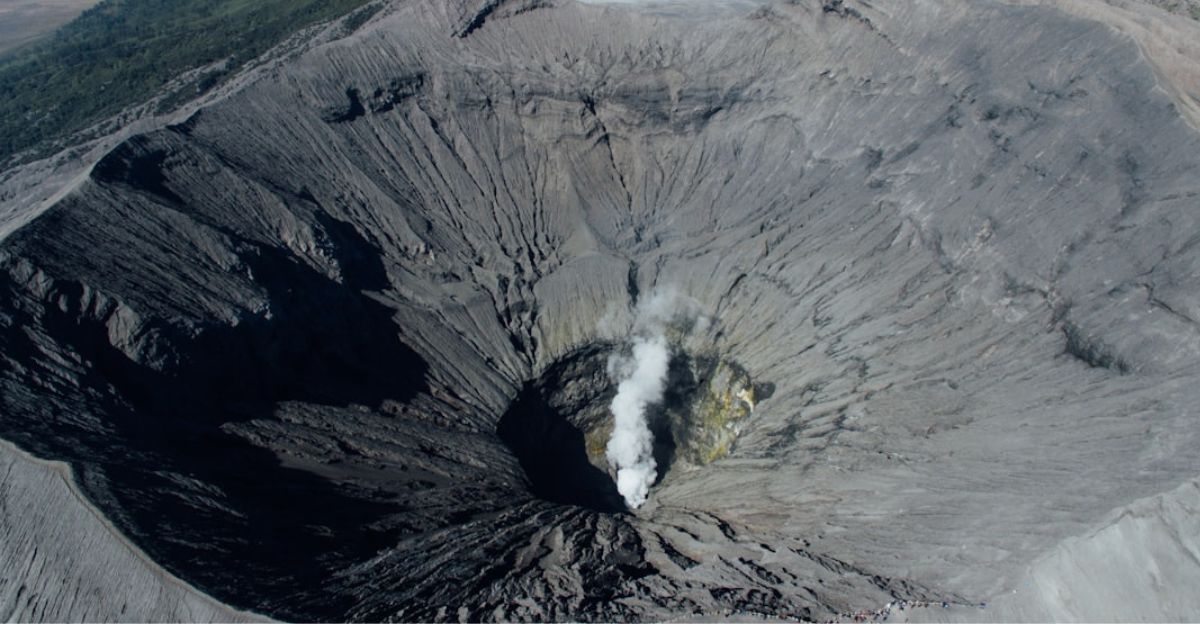
The newly discovered magma cap consists of partially molten rock and supercritical fluid bubbles that steadily release pressure like a breathing system. Live Science reports the layer contains only 14% porosity, well below eruption-triggering levels. This volatile-rich barrier traps heat and pressure beneath while allowing gases to escape through Yellowstone’s thermal features, keeping the volcanic system stable rather than building toward explosive eruption.
Researchers Share Their Breakthrough Moment

“For decades, we’ve known there’s magma beneath Yellowstone, but the exact depth and structure of its upper boundary has been a big question,” lead researcher Brandon Schmandt from Rice University explained to reporters. Co-researcher Chenglong Duan developed innovative wave-equation imaging methods to peer beneath the caldera. University of Utah’s Jamie Farrell noted that understanding pressures at 3.8 kilometers depth reveals how gas bubbles behave within the magma system.
Revolutionary Technique Could Help Other Danger Zones

The discovery method could transform understanding of other supervolcanoes worldwide, including the Valles Caldera in New Mexico and Italy’s Campi Flegrei. Physics World suggests that controlled-source seismic imaging using massive vibrating trucks offers superior resolution compared to traditional earthquake-based methods. The technique provides more explicit pictures of magma chambers beneath other high-risk volcanic systems where millions live near active calderas.
Putting Yellowstone’s Risk in Global Perspective
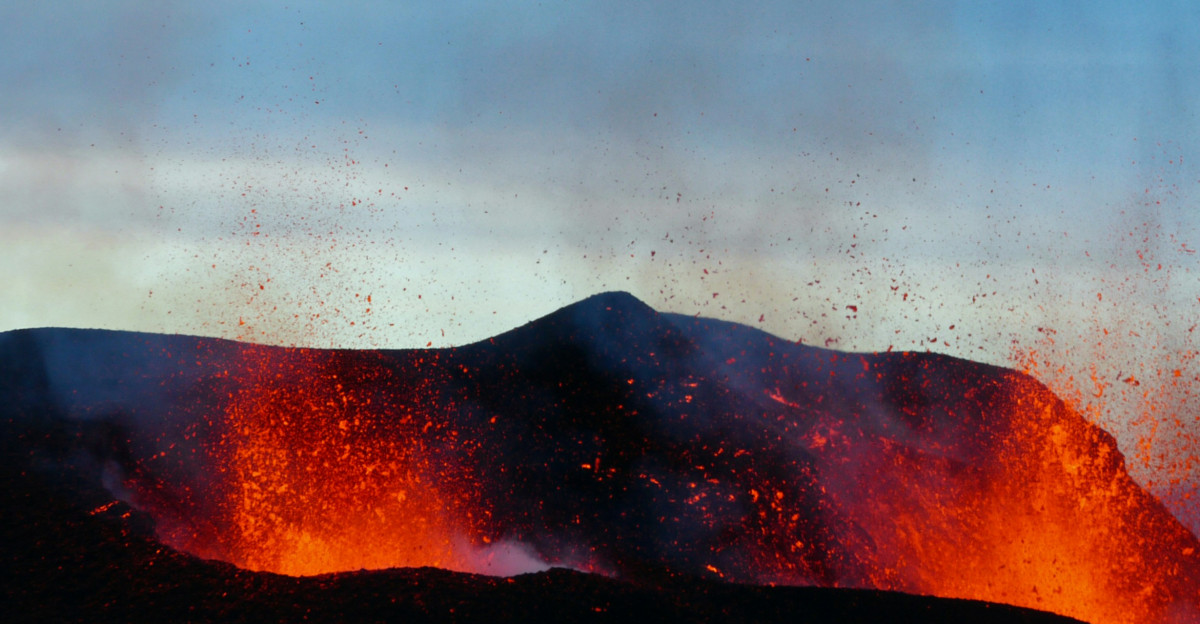
Statistical analysis indicates the annual probability of a volcanic eruption at Yellowstone stands at approximately 0.001 percent, which Yellowstone Volcano Observatory scientists consider likely an overestimate. Geological Society research shows that super-eruptions occur roughly five to ten times more frequently than kilometer-wide asteroid impacts worldwide. Medium-scale super-eruptions would produce environmental effects similar to cosmic collisions, threatening global civilization through widespread ash fallout and climate cooling.
When the Ground Literally Exploded
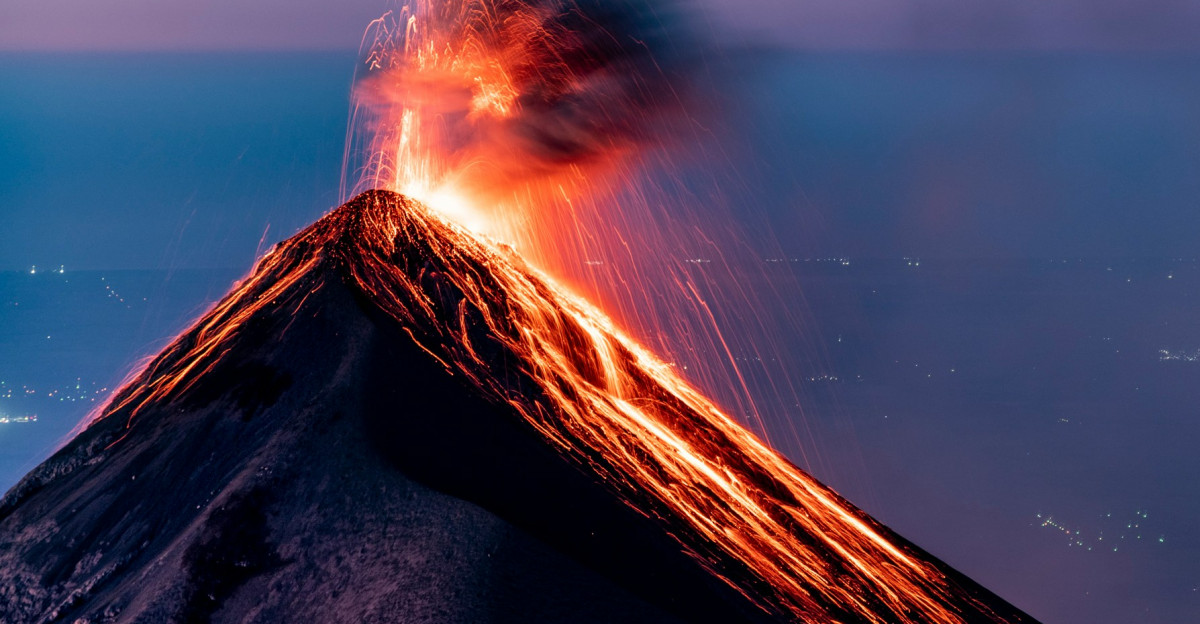
Yellowstone experienced its most dramatic hydrothermal explosion in years on July 23, 2024, when Black Diamond Pool in Biscuit Basin erupted 400-600 feet into the air. The National Park Service documented the 55-second event, which showed rocks and debris across the area. Since then, newly installed webcams have captured several smaller eruptions from the same pool, demonstrating the dynamic nature of Yellowstone’s surface thermal features while the deeper magma system remains stable.
The Ground Keeps Moving
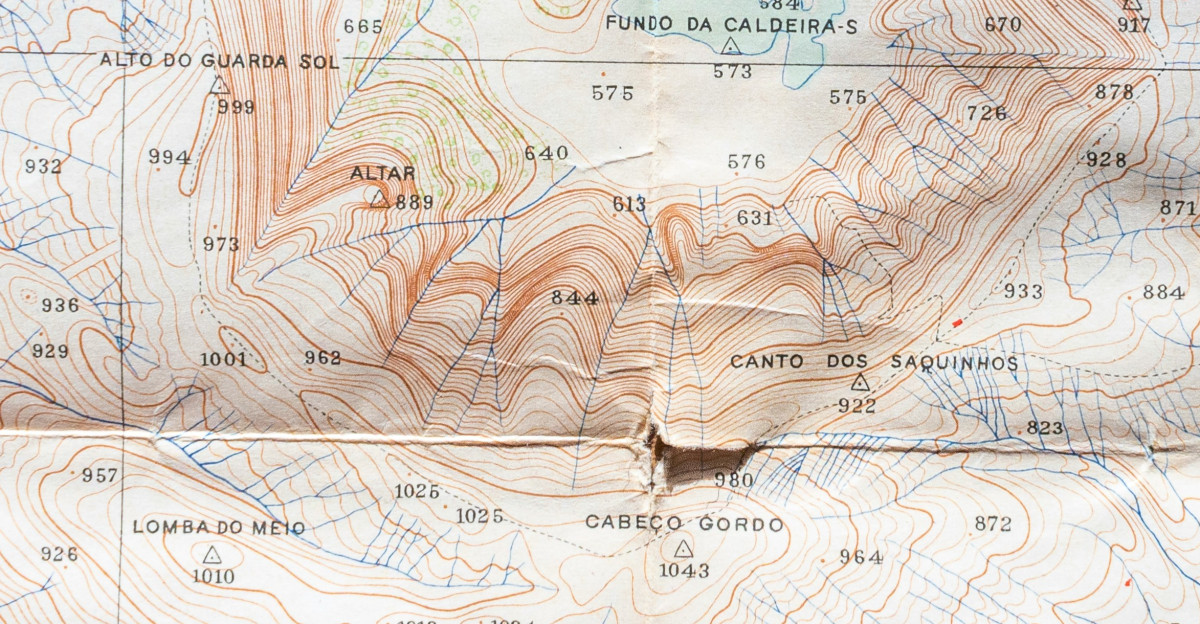
GPS measurements reveal that Yellowstone’s caldera floor undergoes continuous but frequently changing movement, with cycles of uplift and subsidence occurring for decades. University of Utah research shows the caldera experienced dramatic uplift of up to 7 centimeters per year between 2004 and 2006, followed by subsidence phases. Current measurements from the USGS Volcano Observatory show the annual summertime pause in long-term caldera subsidence that began in late May 2025.
Funding the Search for Answers

The National Science Foundation funded this interdisciplinary research project as part of broader efforts to understand magma movement and volcanic hazards. University teams deployed specialized equipment during approved research periods when Yellowstone’s interior roads were closed to public access, ensuring safety while conducting unprecedented controlled-source seismic surveys. The research occurred across the world’s most extensive collection of natural thermal features.
Technology Reveals Hidden Secrets
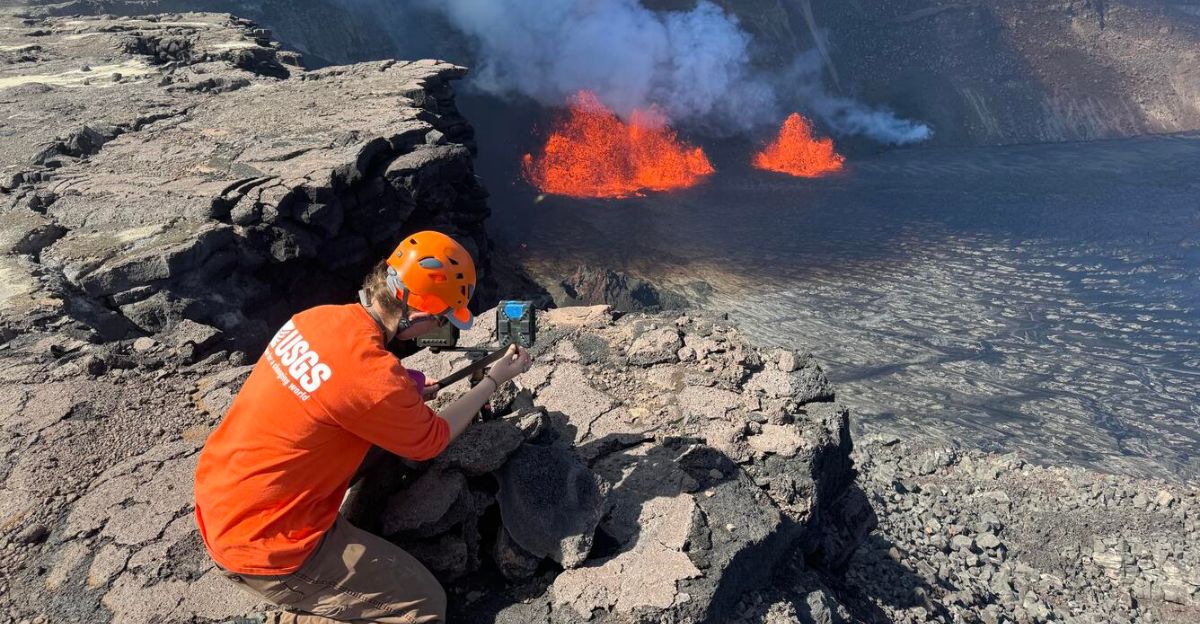
Researchers used reflection seismology to map geological structures, sending controlled seismic waves through the subsurface and analyzing how they bounced back from different rock layers. Rice University reports the technique produced the first high-resolution images showing a “sharply defined top of the magma reservoir” with distinct physical properties. The images reveal the boundary between solid rock above and the volatile-rich magma cap below at precisely 3.8 kilometers depth.
What Experts Really Think About Future Risk
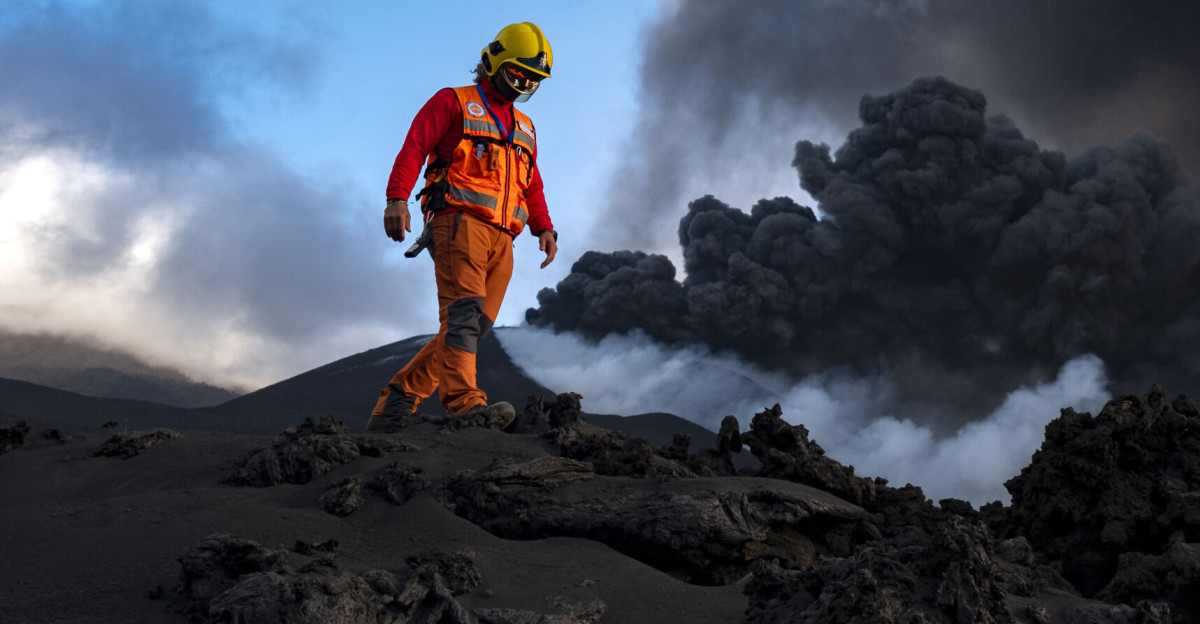
Volcanologists emphasize that while the discovery provides crucial insights into Yellowstone’s stability mechanisms, the volcanic system remains unpredictable over geological timescales. University of Oregon researcher Ilya Bindeman suggests to the National Science Foundation that Yellowstone may be on a “dying cycle” rather than building toward eruption. The next catastrophic caldera-forming event will likely occur in Montana in 1-2 million years as the North American plate continues moving southwest.
Questions That Keep Scientists Awake
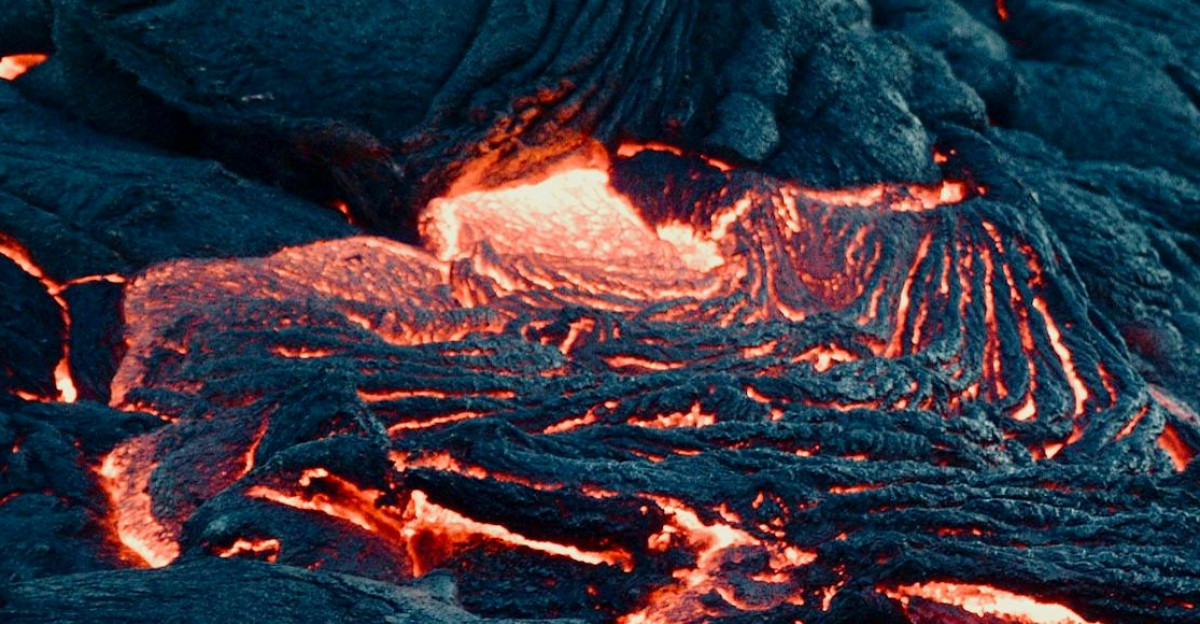
The discovery raises pressing questions about how long this natural pressure-release system will continue functioning effectively. Scientists must now investigate whether the volatile-rich cap represents a permanent feature or could change over time. Research indicates this could potentially affect the magma reservoir’s stability and the supervolcano’s long-term eruption risk as geological conditions evolve beneath Yellowstone over thousands of years.
Government Takes Notice of New Findings
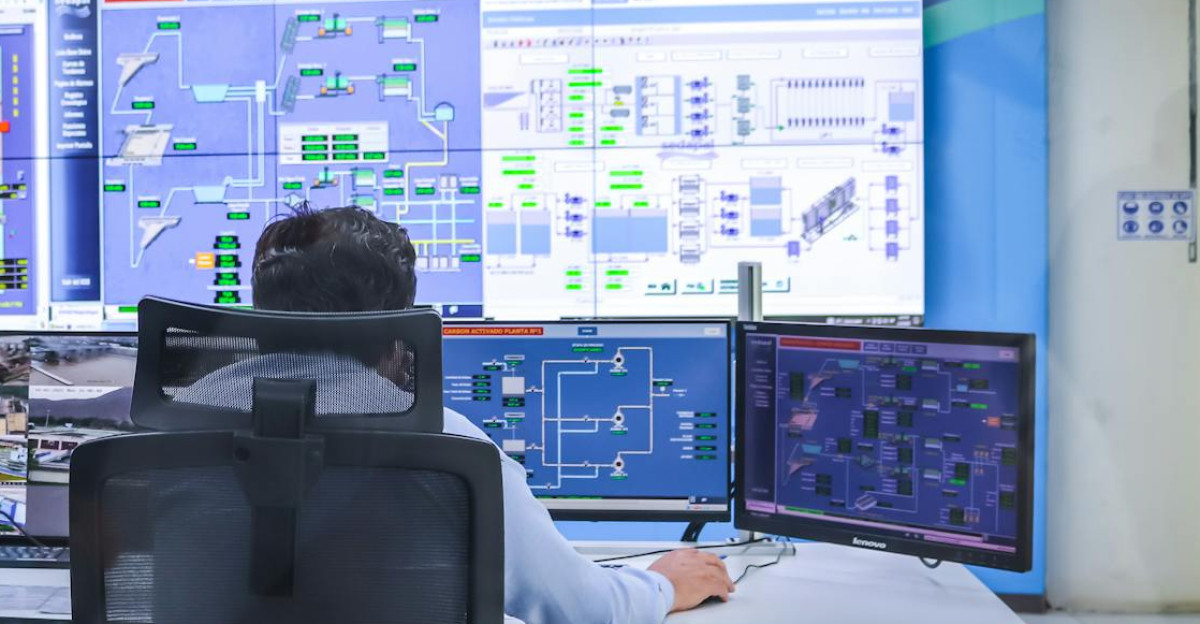
The research influences federal volcano monitoring priorities and emergency preparedness planning, as the U.S. Geological Survey operates under a Congressional mandate to provide timely warnings of potential geologic disasters. According to federal protocols, understanding Yellowstone’s natural pressure-release mechanisms helps inform resource allocation for monitoring networks. The findings guide the development of response procedures for the millions of annual visitors to America’s first national park.
Global Scientists Want This Technology
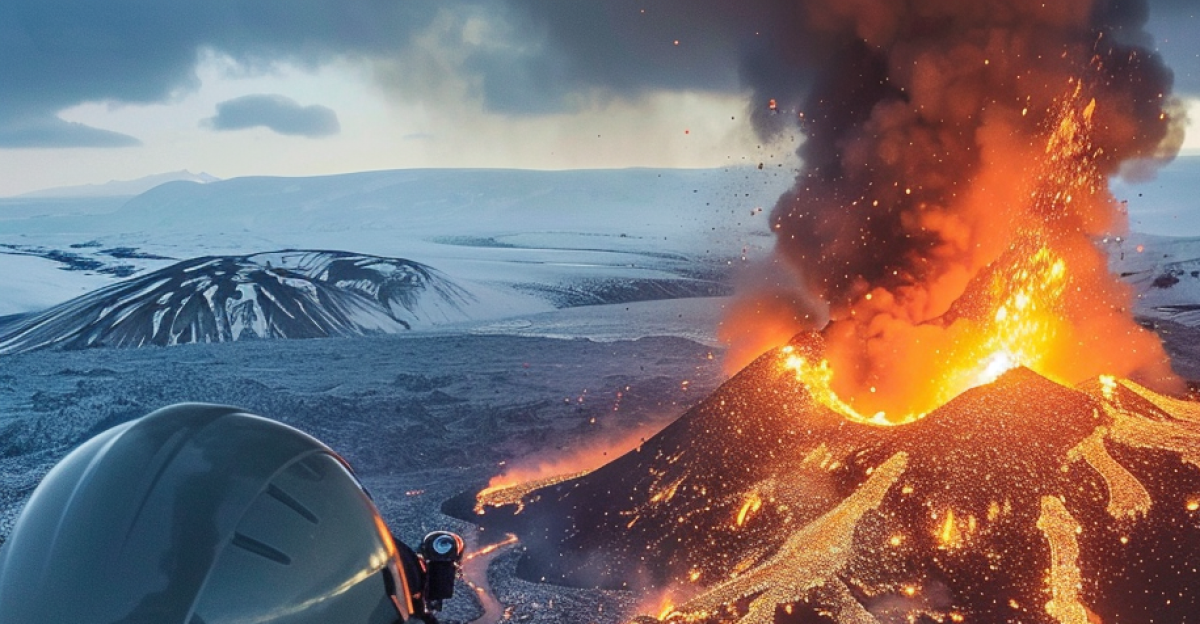
International volcanic observatories are studying the methodology to improve their understanding of magma chamber dynamics at high-risk volcanic systems where dense populations face potential catastrophic eruptions. Physics World reports that the controlled-source seismic imaging technique developed for Yellowstone offers applications for monitoring other supervolcanoes globally. Italy’s Campi Flegrei near Naples and Indonesia’s Toba caldera represent priority targets for similar research.
Reading the Volcano’s Breath
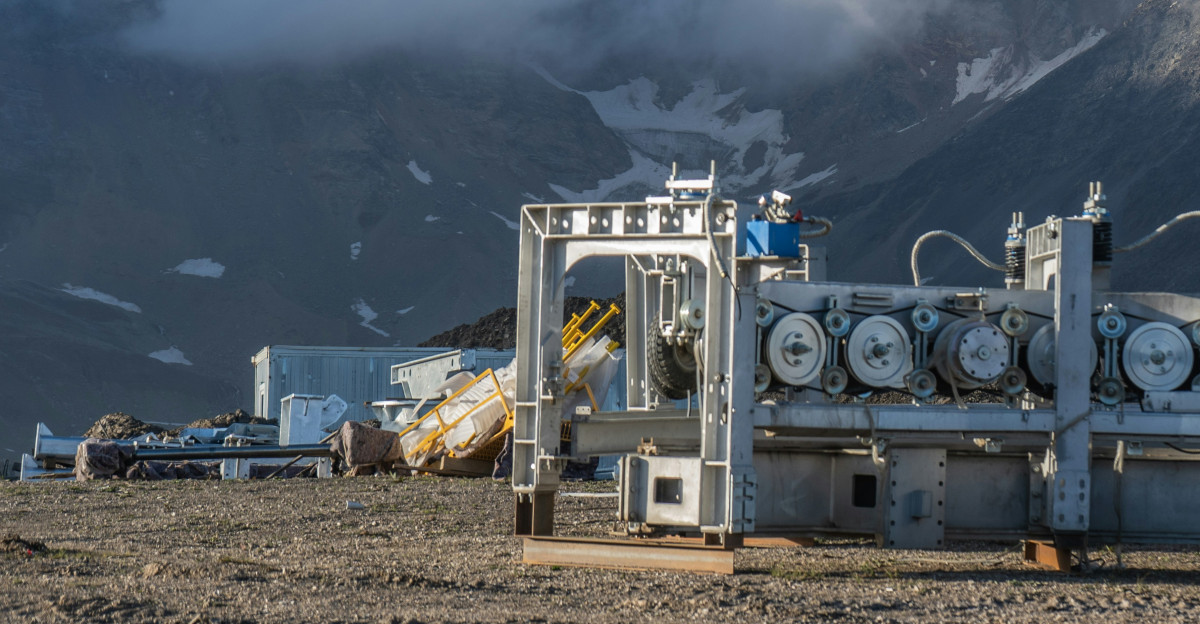
Multi-GAS stations measure water vapor, carbon dioxide, sulfur dioxide, and hydrogen sulfide concentrations from Yellowstone’s thermal features, providing critical data about the deeper magma system’s behavior. USGS monitoring data shows the efficient venting of volatiles through the cap prevents dangerous gas accumulation that could otherwise lead to explosive conditions. Continuous monitoring reveals stable background emission levels throughout 2025, suggesting the natural safety system continues working effectively.
What This Really Means for All of Us
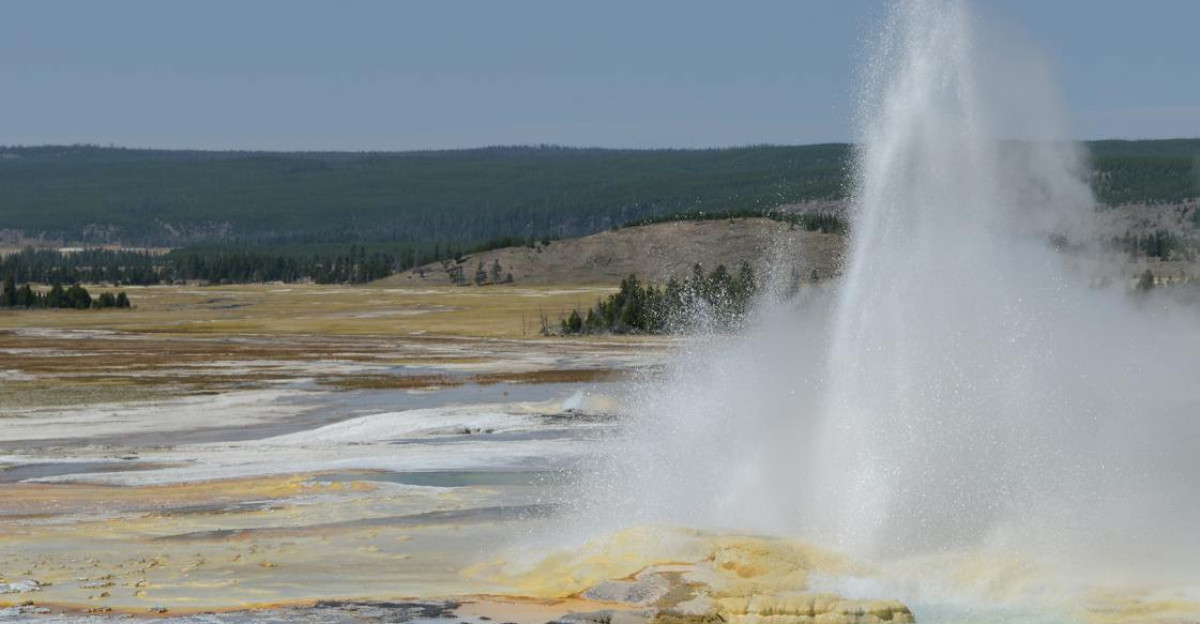
The Yellowstone magma cap discovery demonstrates that nature often provides safety mechanisms, challenging long-held fears about volcanic catastrophe while advancing scientific understanding of Earth’s internal dynamics. This research shows how innovative technology can reveal hidden geological processes that have operated for millions of years. The findings offer scientific knowledge and a reassuring perspective on humanity’s place within Earth’s continuing geological story, proving that the planet sometimes protects itself.